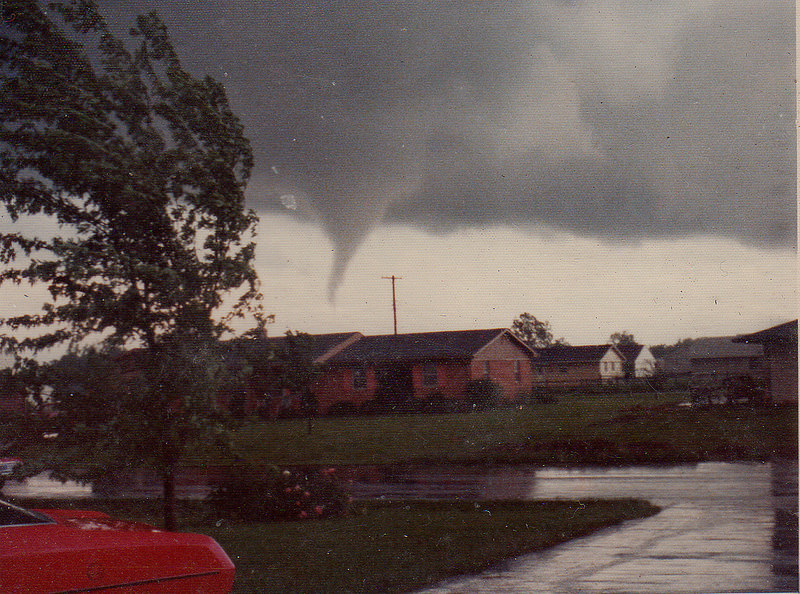 When your team is working on your strategic plan, you’ll find that sometimes you will have a hard time imagining what environment you will be working in beyond 2 years or so. Here are two things you can truly be certain of: 1) If you don’t do anything different, things will not get better. 2) There will inevitably be a change in circumstance that you will not have been able to predict. Things will change in ways you don’t expect. Strategic planning should mostly be about things you can control. Actions you will take in order to increase revenue for your organization’s mission. But, an amazing strategic plan takes into account the unexpected. For instance, there is for most areas of the country, natural disasters of one kind or another that are likely to occur at some point. Where I live, it’s hurricanes and tornadoes. At the seminary I work for in California, it is earthquakes. Floods and fire can happen anywhere. Your strategic plan should think through how your organization will handle these kinds of emergencies. On the first level, there is preparedness. Do you back-up files regularly? Every employee should regularly back up key files on a thumb drive and those should be collected and kept at an off-site location (perhaps the CEO’s home). Your staff should regularly review emergency plans at staff meetings (once or twice per year) including contingencies for fire, tornado and active shooter incidents. This should also be part of any new employees’ orientation process. For instance, in every office at the seminary I work for, there is a 5 gallon bucket filled with earthquake supplies and the protocols are reviewed regularly with staff. The school estimates that it could take care of 100 people for up to 3 days if necessary. But, your fundraising strategic plan should go to another level with this preparedness. You should plan for how your staff will coordinate a response in the event of such a crisis and, if necessary, how you will mobilize quickly to maximize fundraising. Your constituents will want to help immediately if a disaster affects your organization. I got experience with this first-hand at The University of Southern Mississippi, when a tornado sliced through our campus in 2013. We had a website and a new emergency relief fund ready within hours, and a huge direct mail campaign within 2 weeks (which was record breaking). We blocked affected zip codes from phonathon calling immediately. Luckily, our phonathon was off-campus so we didn't have to stop calling entirely. Within about 2 months, we coordinated our first “Day of Giving” campaign to raise funds to replace over 70 lost trees and restore the beautiful landscaping. Was it grueling and sad to see our campus and community so damaged? Yes. Was this campaign a tremendous success that helped the school recover, including funds given directly to affected employees? Yes. Who will be responsible for the different elements (data, web, social media, etc.)? What if those employees are affected by the same disaster? How will you cross-train employees so that you have back-ups for all functions in an emergency? How might you continue phone fundraising if your student callers aren't allowed on campus or have been affected by the disaster? What are the public relations elements you must think through? It is likely that your CEO will be too busy to provide intense direction in this kind of a situation, so review how protocol will be modified now. Think through these things now and train your staff to think this way. If the unexpected happens, you will be glad you did. Hi! It's Jessica. I draw on these concepts in this article in my webinar presentation titled Fundraising in a Crisis. This webinar will launch Wednesday 3/18/20 for free as a resource for nonprofits to respond to the COVID-19 crisis. You can register here: www.realdealfundraising.com/crisiswebinar.
0 Comments
In 1999, I saw a blurb on the Honors College listserv advertising for job in the call center. I thought, “Hey, I can talk to people. Why not?” (Little did I know that I would still be writing about phonathon and doing fundraising some 17 years later.) I interviewed and was hired. I arrived excited but a bit nervous for my first night on the job.
I entered the room and the manager told me, “Sit behind Julie and watch what she does. When you feel ready, you get on the phone too.” I watched Julie manipulated the automated computer and calling system and listened to her phone calls. “Do you have a script or checklist?” I asked. “Not really,” she said. “Everyone kind of makes it up as they go along.” Really, this was my introduction to being a student fundraiser! It’s amazing to me that I stayed. But, I’m stubborn. The manager that hired me left and soon a student supervisor, Becky, graduated took over operations. Becky taught me something very important: Look to best practices in order to improve and grow. She read books about how other call centers operated and visited phonathons at both peer institutions and aspirational schools. And she began to change some things. I became one of Becky’s student supervisors and was helping her implement these positive changes. She did things that made us feel like Chicken Little. “Instead of giving up immediately after one ask. We are going to ask two times for money,” Becky said. “Oh no! The sky is falling!” the supervisors would cry. But it didn’t. Our participation rate soared. Becky said, “I am going make it mandatory to ask for a credit card.” “The sky will fall!” we asserted. It didn’t and our credit card giving rate went through the roof. Time after time, this was the story. Soon, we began to believe her when she made “crazy” suggestions. I had no idea at the time but I was learning the basics of “evidence-based fundraising”: looking at the data to drive your decisions, not anecdotal evidence or your gut feeling. Your gut feeling is fallible. At the heart of it, evidence-based fundraising is about using the scientific method. Testing things and looking to the numbers to tell the truth of the situation. Complaints in the call center are one example of this: your boss hears of 3 complaints. To them it seems like a pattern, perhaps the beginning of a crisis. But – you need to put this into context for them. You could have had over 10,000 contacts that year. That means those complaints represent only 0.03% of your interactions with constituents! That’s pretty great. This is evidenced based fundraising at work. We can all be a bit “Chicken Little” sometimes, so we have to have the discipline of the evidence to fall back on before we make decisions that can keep from our full potential at best, or at worst, can hurt our institutions. How are your public speaking skills? It’s an important skill in any business but in fundraising, it’s essential. Fundraising is about communicating vision through relationships. Sometimes this relationship building happens one-on-one or in small groups. But, more often than not, you are in situations which require you to speak in front of a medium to large group. This can manifest as donor recognition event, fundraising events, board meetings, volunteer training sessions and conference presentations.
If your job doesn’t require much in the way of public speaking from you, find a place to practice. Write a presentation for your local Association of Fundraising Professionals chapter. Send in a proposal to present at the next Council for the Advancement and Support of Education district conference. Join your local Toastmasters group. The more you practice, the better you will get. Practicing your skills as a public speaker will pay dividends for your career and for your organization. Everyone has their own process for preparing and practicing. For me, I begin with an extended outline. I put it all into Powerpoint, trying to use more images than words. I keep the wordy outline as notes for me. I like to extemporize during a presentation somewhat. I’ve never been one for reading from a text. So, closer to the actual event, I shut my office door and run through the entire presentation standing up at full vocal power. (In dance, they call this doing it “full-out”.) I fully visualize my audience and anticipate questions that they may have. I also try to insert as much humor as possible. The other practical tip I have in this area is to focus on your posture. The impact of excellent posture on public speaking cannot be overstated. Your posture is the root of both your voice and your confidence, both essential to getting your message across. It’s not just about standing up straight. It’s about relaxing in the right areas and the position of the chin. Good posture is about opening the chest to vulnerability while standing on a firm foundation. The biggest personal benefit you will get from more public speaking experiences is more confidence. No matter whether I nailed it or bombed, every speaking gig I’ve ever done has ultimately built my confidence. If you mess up, you learn more about what not to do. If you nail it, well, you confirm your awesomeness.  Goal: a personal or organizational desired end Projection: a calculation of some future thing These two terms are related but subtly different. Generally speaking, for a healthy organization, the projections drive the goal setting process. However, at some organizations, the goal is a different (and perhaps totally unrelated) number to what you project that you can actually raise. At some institutions, an unreasonable, unrealistic goal situation may arise from a team leader that doesn't understand the difference between a goal and a projection and they pick an arbitrary figure that sounds good. ("Let's raise 10% more this year than last year", for example.) Or, it may have come about because of real budgetary needs of the institution for unrestricted support. Creating projections is a tedious process requiring a patient analysis of past performance and building models for future performance. So, if you have a firm goal set before you that you know (or believe) you cannot reach, why should you bother to create elaborate projections? Here are three important reasons to do projections even if your goal is already set: 1) Projections will help you to pinpoint the shortfall Setting projections shows you where the program is not performing to expectations and why the goal is not feasible (assuming that's true). It helps you to tell the story to those in management of what is really happening with the fundraising. 2) The process may help you to identify potential areas of opportunity Projections can show you opportunities that you might have overlooked. You build your projections segment by segment and it is possible that you might have some new segments that you haven't solicited before or that you have a new strategy for. These may help you get closer to your goal. 3) You need the projections to become a lobbyist for your program. It's illogical to do the same thing every year and expect different results. With a projections spreadsheet, you can show what's possible with more budgetary resources. You can tell the story that with [this much] future investment in the program, [this much] more revenue can result. Giving donors reasons to give is an important part of case-building. Don’t underestimate the simple power of a top ten list. Here is a list of ten possible reasons to give to get you started brain-storming your own reasons to give at your institution.
You can create a dedicated webpage out of these and then promote one per week or day on social media and then repeatedly re-post the website. Make sure your text explaining each of these reasons has links to your giving page. #10: Tuition is not enough. Tuition usually only covers a portion of the cost of an education. See if you can use this reason to give to present this data. Emotional appeals are great for many donors but others want to see the numbers and facts. #9: Open doors of opportunity. Community support is critical to helping hard-working students graduate. Many of your students could not afford an education without scholarship assistance. Make that case with this reason to give. #8: Invest in today’s students, tomorrow’s leaders. A gift to your institution helps to clear a path to a degree for many students. Perhaps quickly mention a story of what one of your recent graduates is doing that is impressive and noteworthy. #7: Gifts help your institution attract major gifts and grants. Foundations and corporations often consider charitable support to be an indication of merit. For example, they may look at the percent of alumni giving, the percent of employee giving and the total dollars raised each year when evaluating a grant application. A gift sends a signal to these outside funders that your institution is worthy of their support. #6: Maintain the value of a degree from your institution. Giving, as we know, is key factor considered by accrediting agencies and ranking institutions like U.S. News and World Report. It’s important to communicate to our constituents that especially if you are a graduate, your gift will help the institution maintain accreditation and increase its reputation, thereby increasing the value of a degree from your institution. Even a small gift makes a difference. #5: It doesn’t take much! Your gift, combined with the gifts of others, can have a very powerful impact, regardless of the amount. No gift is too small to make a difference! Together we can reach our goals but we need your participation. #4: It’s a worthy tradition. Your institution has been educating people since its year of founding and it is likely that your institution has been sustained by generous gifts at every step along the way. It is vital that today your alumni and friends carry on this important tradition of generosity. #3: Amplify your values. When you give to your institution, you are giving to students who are also future leaders. What do you students do when they leave your institution that is unique and valuable? Whose lives will your students change? #2: The world needs your institution. For this reason to give you will really needs to dig into what makes your institution unique among other institutions. What do you offer the world that no one else can? #1: Now is the time… Make an investment in your institution so that it can expand its mission. Explain why your institution is unique and precious and that the time is now to make a gift which will be tangible evidence of the hope we all share for how this institution can change the world.  The concept of "grateful patient" fundraising has always fascinated me. How meaningful, how wonderful, how . . . . EASY to raise money from those who lives were saved by your institution! A team of specialists at your hospital saved someone's child from cancer and they have capacity. What a wonderful story! Of course, I know that it isn't that simple to raise money in healthcare fundraising. But, the stories of grateful patients are enticing and make those of us in higher education a bit jealous. Unfortunately, most stories are a bit less tangible than that in higher education. No matter what kind of organization you work for, I find it is a great exercise to reflect regularly on the question, "Who are your grateful patients?" Asking this questions drives you right to the core of your mission. Who is served by your institution? How does it change lives? These questions takes you deep into impact and narrative. This question leads you to the "Why?" In higher education, who are our grateful patients? Last week, I was composing a blog post about how philanthropic support has directly helped me in my life and career. We often think of students as our grateful patients and they are. But, more than that, it is our ALUMNI that are the grateful patients. Students who graduate and move out into the world changed by the education they acquired at our institutions. The stories of students work to connect our alumni to mission only if those stories activate the sense of gratitude that our alumni have for their own time at our colleges and universities. It's not mere nostalgia, it is a real and tangible linking back that our student narratives must do in order to invigorate the "grateful patient" sensibility of our alumni. They must see in the story of current students their own story and from there be able to project what their life might be like if their educational story was different. The phrase "make a difference" is overused and trite. However, if you want to find your grateful patients (who will be not only your best donors but your most enthusiastic advocates), you have dive into the real meaning of that phrase. How is someone's life path qualitatively different because your institution exists? I'm a HUGE Michael Phelps fan. When I did my recent post about "Be Like Mikhail!" it could very easily have been about "Be Like Michael!" instead. He is a similar inspiration in terms of excellence.
If you haven't been following the Olympics, one of Michael Phelps' opponents was trying to annoy him and psych him out before a race and his response was a facial expression to rival Grumpy Cat! Who knows whether he was just in the zone, truly annoyed or just doing isometric warm-ups, but it set the internet on fire for a while. An informal caption contest was raging with the hastag #Phelpsface. Anyway, I was a bit inspired and create a number of non-profit and fundraiser things that make me go #Phelpsface. Here's the collection for your Friday laugh: When you're an annual fund person interviewing for a #majorgift position and they like you but think you don't know how to #ask. #phelpsface When people ask you if plan on working in #phonathon forever. As if you have a #calling for it. #PhelpsFace #telefund #punny When you hear "all we need to worry about is #donorretention. This year we're cutting the budget for acquisition." #PhelpsFace #fundraising When someone uses 5 different fonts and 3 different styles of bullets in one document. #Phelpsface #graphicstandards #pleasenocomicsans When it's 20 mins after the meeting start time and the Skype call hasn't started. #PhelpsFace #nonprofit #fundraising When somebody suggest not calling #youngalumni because "they have too much #studentloan debt. #PhelpsFace #phonathon http://bit.ly/2aKm9NZ When a manager doesn't require 3 asks for callers, they trust them to do their job. #PhelpsFace #telefund #phonathon http://bit.ly/2bpP2U5 When leadership says they need annual giving to cut the budget 10% but bring in 20% more funds. #PhelpsFace #annualgiving #fundraising When it's 4 weeks into calling, your manager shows up and the seats are half empty. #PhelpsFace #phonathon #telefund http://bit.ly/2bovCuE When administrators want to shut down #phonathon calling because of three complaints. #PhelpsFace #fundraising #telefund When people say, "all fundraising will be done with QR codes in the future." #PhelpsFace #fundraising When you tell someone you work at the #phonathon and the reply is, "so you're a telemarketer." #PhelpsFace #fundraising When you're at a conference and someone says, "Direct mail is dead you know." #PhelpsFace #fundraising When you send an email about a thing you need today and get and "out-of-office" reply. They'll be back in two weeks. #PhelpsFace #nonprofit When you sent save-the-dates and invites (email and mail) and a board member says, "oh, I didn't know about it." #PhelpsFace #nonprofit I’ve talked about finding the stories of impact and sharing them with your donors. The importance of letting donors see how their gifts have transformed lives cannot be overstated.
Upon reflection, I realized that I have overlooked throughout my entire career, one very important story: my own. I have searched for the stories of scholarship recipients at every institution I’ve worked for and totally forgot to be recognize the impact donors have had on my own journey. I was lucky enough to have been awarded a 4-year leadership scholarship which covered my room and board at my alma mater, The University of Southern Mississippi, but I was also the recipient of a generous scholarship so that I could go to London one summer for study abroad. The Dean of the Honors College also sent me on two trips (one to Princeton and one to Washington, D.C.) using funds that I now know must have been generated from Annual Fund gifts. I also know that charitable donations helped to support the fantastic Honors Forum series that brought the most incredible scholars and public intellectuals to Hattiesburg, Mississippi. Here are some experiences that I have been able to have because I received scholarship support:
With sincere thanks, Jessica Cloud  So, this weekend my debit card/checking account was hacked for over $1,100! Lucky for us, we have a great credit union that helped me get the issue fixed immediately Monday morning and all of it (including the overdraft fees that it caused) will be fully refunded. My mother asked me who actually ends up paying for these issues since the culprits are rarely caught. Strangely, I knew the answer because I have been trained on PCI compliance. The credit card companies end up eating the cost of fraudulent charges. If you aren’t familiar with the term, PCI or PCI DSS stands for Payment Card Industry Data Security Standard and it is an effort on the part of credit card companies to prevent fraud and protect their bottom line. Anyone who charges credit or debit card is responsible for handling cards in a PCI compliant way. As fundraisers (and more specifically phonathon managers), if you aren’t sure what PCI is or whether you are PCI compliant, you probably aren’t doing it right. Check with your Advancement Services staff and ask about this. Educate yourself, your student supervisors and your callers. The standards were updated in April 2016 and you can download them for review by visiting www.pcisecuritystandards.org/. This happened to me at the University of South Carolina. We utilized every standard and precaution and took it very seriously. However, over a six week period, we started to get a string of complaints about rogue charges a few days after the alumni had made gifts via phonathon. There was no traceable pattern to the issues. Although we never identified the offending caller, we did isolate through analysis of our nightly seating charts that it must have been a caller who was overhearing other callers read out the number to the prospect for verification. We changed that part of the script and never had a problem again. I talk about training our student callers about donor confidentiality and PCI compliance as often as I can because it impacts donor confidence in our organizations but also it impacts families. Most donors are not multi-millionaires, they are well meaning folks whose monthly budget can be wrecked by fraudulent charges and the time it takes to clean them up. So, review the policies and start asking questions about how data and credit/debit cards are handled in your shop. Train your employees about properly taking care of the data, which is really taking care of people. It’s part of stewardship and it’s super-important. If you found this article helpful, you may also be interested in my e-book How to Staff Your Phonathon Super-Fast: Seven Secrets to Fill the Seats. It's on sale now for $40 with the coupon code fillseats (valid through 9/1/16). This book guides you through innovative ideas and practices to turbo-charge your phonathon staffing efforts and break free from the hamster wheel of turnover. It also includes an appendix full of templates and samples to get you started implementing this system fast. When you are planning any event (for fundraising or otherwise), it’s so important to have a generic checklist to go through during your planning so that you don’t miss something obvious. Most checklists you find online are geared for wedding or other non-professional events. So, I created my own.
Here’s the list of things you should think about when event planning. If you have small events inside a larger series of event (like a convention) you will want to go through this checklist for all of the smaller events and the event as a whole.
|
Jessica Cloud, CFREI've been called the Tasmanian Devil of fundraising and I'm here to talk shop with you. Archives
July 2020
Categories
All
|
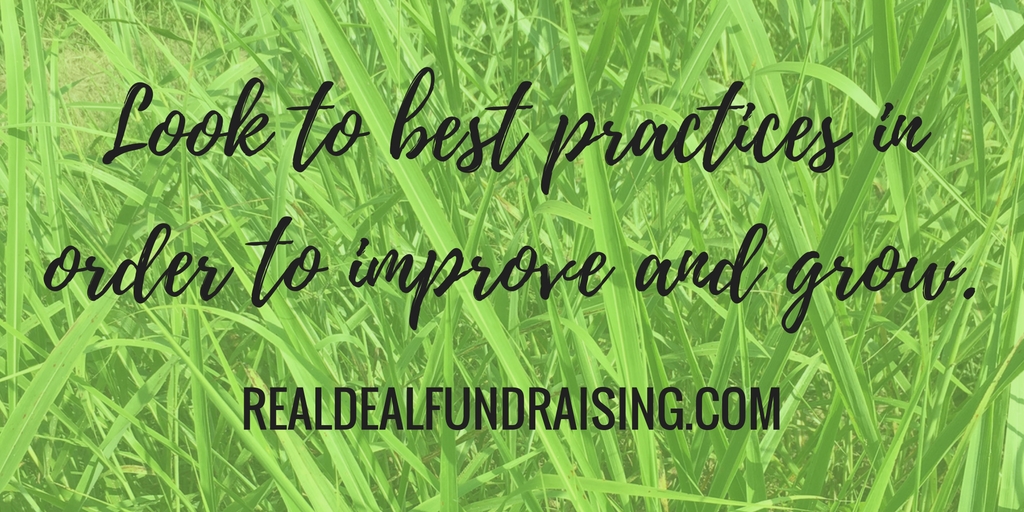

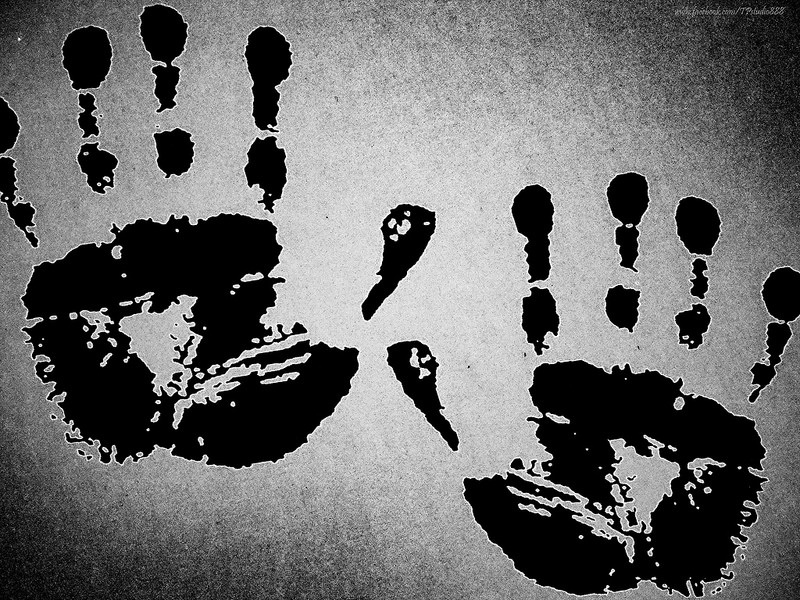

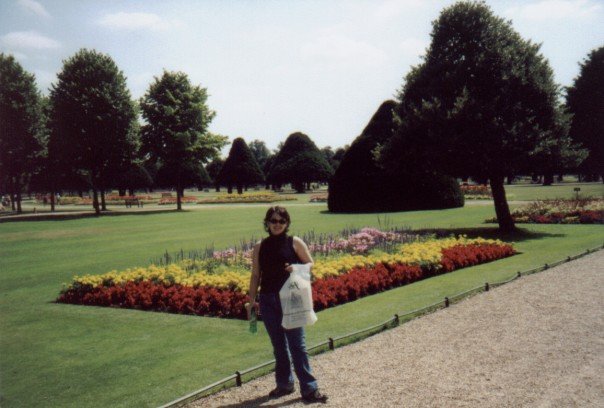
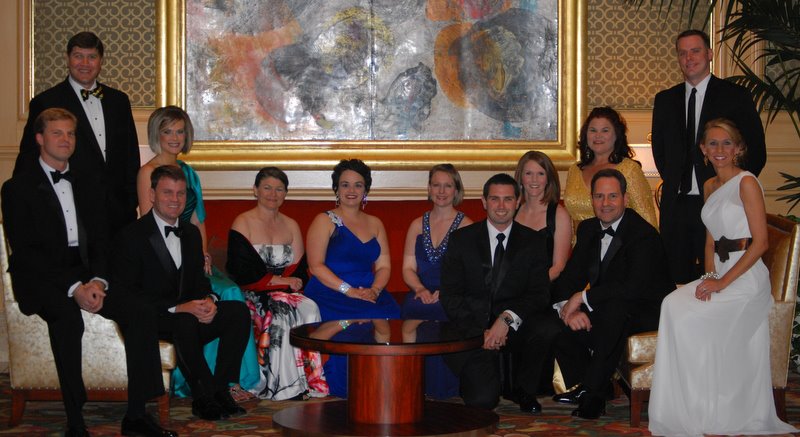
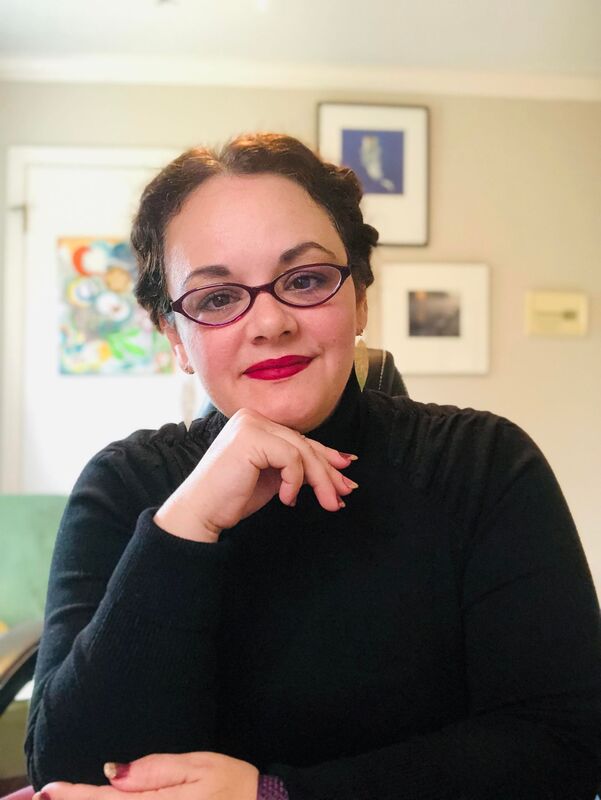
 RSS Feed
RSS Feed
